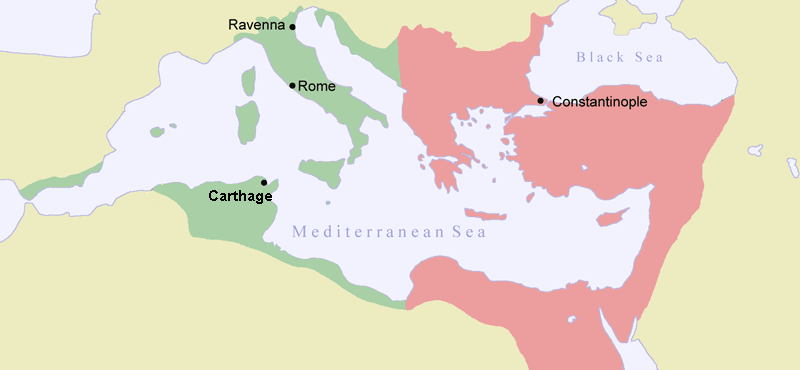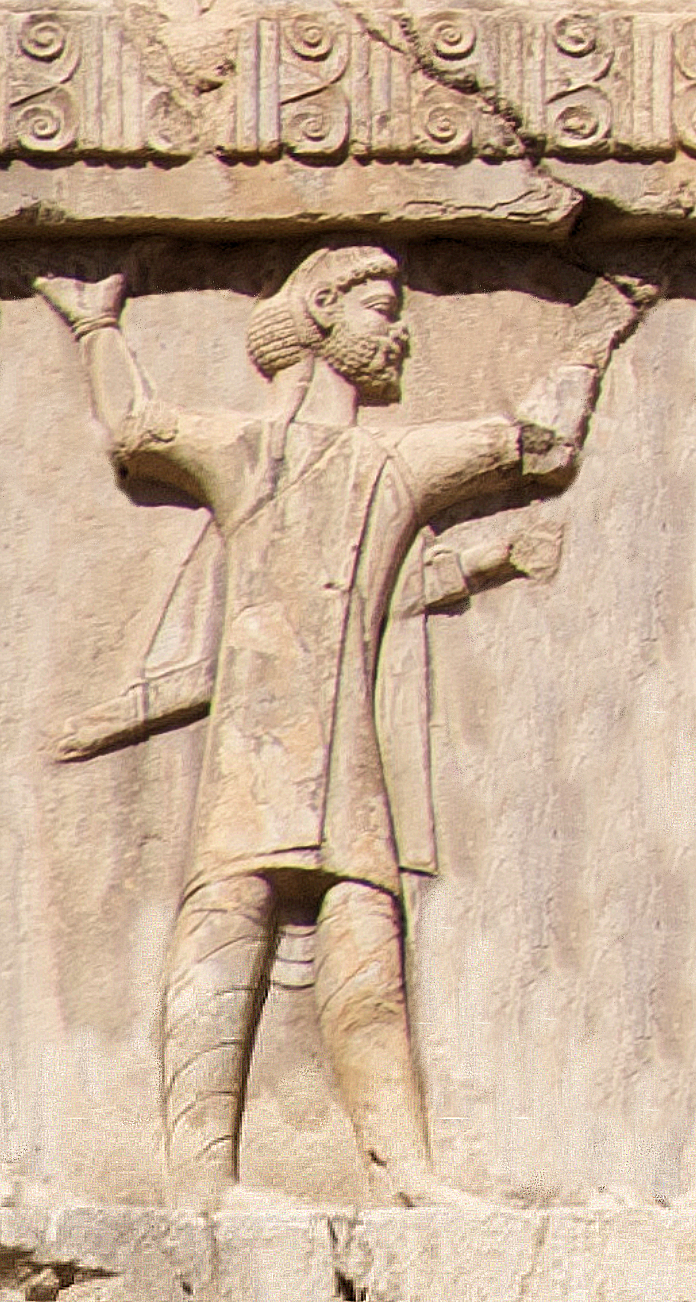|
Ascalus
Ascalus () was a son of Hymenaeus and brother to Tantalus (unrelated to the well-known mythological Tantalus), and a general of the Lydian king Aciamus. His brother Tantalus was said to have been a native of Magnesia, so it is reasonable to assume that Ascalus was as well. However, Ascalus was sometimes described -- by Xanthus among others -- alongside other mythical Lydian figures such as king Cambles, so it also seems possible that Ascalus himself may have been more a mythological than historical figure. Ascalus was said to have fallen in love with a woman who lived on the Mediterranean coast of the southern Levant, and settled there to be close to her, founding the town of Ascalon, an ancient Near East The ancient Near East was home to many cradles of civilization, spanning Mesopotamia, Egypt, Iran (or Persia), Anatolia and the Armenian highlands, the Levant, and the Arabian Peninsula. As such, the fields of ancient Near East studies and Nea ... port city that survived ... [...More Info...] [...Related Items...] OR: [Wikipedia] [Google] [Baidu] |
Xanthus (historian)
Xanthus of Lydia (, ''Xanthos ho Lydos'') was a Ancient Greece, Greek historian, logographer (history), logographer and citizen of Lydia who, during the mid-fifth century BC, wrote texts on the history of Lydia known as ''Lydiaca'' (Λυδιακά), a work which was highly commended by Dionysius of Halicarnassus. Xanthus also wrote occasionally about geology. It is believed that Xanthus was the earliest historian to have written a significant amount on the topic of Lydian history. He is also believed to have written a work entitled ''Magica'' (Mαγικά), as well as one entitled ''Life of Empedocles''. It is believed that Xanthus had some knowledge of Iran, Persian traditions, and it is plausible that he, a Lydian, would write about Persian religion, but it seems unlikely due to the available evidence. His seat was believed to be at Sardis, the capital. A contemporary and colleague of Herodotus, most of his writings concerned the lineage and deeds of the List of Kings of Lydia, Lyd ... [...More Info...] [...Related Items...] OR: [Wikipedia] [Google] [Baidu] |
Lydia
Lydia (; ) was an Iron Age Monarchy, kingdom situated in western Anatolia, in modern-day Turkey. Later, it became an important province of the Achaemenid Empire and then the Roman Empire. Its capital was Sardis. At some point before 800 BC, the Lydian people achieved some sort of political cohesion, and existed as an independent kingdom by the 600s BC. At its greatest extent, during the 7th century BC, it covered all of western Anatolia. In 546 BC, it became a Lydia (satrapy), satrapy of the Achaemenid Empire, known as ''Sparda'' in Old Persian. In 133 BC, it became part of the Roman Republic, Roman Asia (Roman province), province of Asia. Lydian coins, made of electrum, are among the oldest in existence, dated to around the 7th century BC. Geography Lydia is generally located east of ancient Ionia in the modern western Turkish provinces of Uşak Province, Uşak, Manisa Province, Manisa and inland İzmir Province, İzmir.Rhodes, P.J. ''A History of the Classical Greek ... [...More Info...] [...Related Items...] OR: [Wikipedia] [Google] [Baidu] |
Magnesia Ad Sipylum
Magnesia Sipylum ( or ; modern Manisa, Turkey) was a city of Lydia, situated about 65 km northeast of Smyrna (now İzmir) on the river Hermus (now Gediz) at the foot of Mount Sipylus. The city should not be confused with its older neighbor, Magnesia on the Maeander, both founded by colonists from the Greek region of Magnesia. History The first famous mention of the city is in 190 BC, when Antiochus the Great was defeated in the battle of Magnesia by the Roman consul Lucius Cornelius Scipio Asiaticus. It became a city of importance under Roman rule and, though nearly destroyed by an earthquake in the reign of Tiberius, was restored by that emperor and flourished through the Roman Empire. It was an important regional centre through the Byzantine Empire, and during the 13th-century interregnum of the Empire of Nicea. Magnesia housed the Imperial mint, the Imperial treasury, and served as the functional capital of the Empire until the recovery of Constantinople in 1261 ... [...More Info...] [...Related Items...] OR: [Wikipedia] [Google] [Baidu] |
Mediterranean
The Mediterranean Sea ( ) is a sea connected to the Atlantic Ocean, surrounded by the Mediterranean basin and almost completely enclosed by land: on the east by the Levant in West Asia, on the north by Anatolia in West Asia and Southern Europe, on the south by North Africa, and on the west almost by the Morocco–Spain border. The Mediterranean Sea covers an area of about , representing 0.7% of the global ocean surface, but its connection to the Atlantic via the Strait of Gibraltar—the narrow strait that connects the Atlantic Ocean to the Mediterranean Sea and separates the Iberian Peninsula in Europe from Morocco in Africa—is only wide. Geological evidence indicates that around 5.9 million years ago, the Mediterranean was cut off from the Atlantic and was partly or completely desiccated over a period of some 600,000 years during the Messinian salinity crisis before being refilled by the Zanclean flood about 5.3 million years ago. The sea was an important rout ... [...More Info...] [...Related Items...] OR: [Wikipedia] [Google] [Baidu] |
Southern Levant
The Southern Levant is a geographical region that corresponds approximately to present-day Israel, Palestine, and Jordan; some definitions also include southern Lebanon, southern Syria and the Sinai Peninsula. As a strictly geographical description, it is sometimes used by archaeologists and historians to avoid the religious and political connotations of other names for this area. Like much of Southwestern Asia, the Southern Levant is an arid region consisting mostly of desert and dry steppe, with a thin strip of wetter, temperate climate along the Mediterranean coast. Geographically it is dominated by the Jordan Valley, a section of the Great Rift Valley bisecting the region from north to south, and containing the Sea of Galilee, the Jordan River and the Dead Sea—the lowest point on the Earth's land surface. The Southern Levant has a long history and is one of the world's most intensively investigated areas by archaeologists. It is considered likely to be the first place ... [...More Info...] [...Related Items...] OR: [Wikipedia] [Google] [Baidu] |
Ascalon
Ascalon or Ashkelon was an ancient Near East port city on the Mediterranean coast of the southern Levant of high historical and archaeological significance. Its remains are located in the archaeological site of Tel Ashkelon, within the city limits of the modern Israeli city of Ashkelon. Traces of settlement exist from the 3rd millennium BCE, with evidence of city fortifications emerging in the Middle Bronze Age. During the Late Bronze Age, it was integrated into the New Kingdom of Egypt, Egyptian Empire, before becoming one of the five cities of the Philistia, Philistine pentapolis following the migration of the Sea Peoples. The city was later destroyed by the Neo-Babylonian Empire, Babylonians but was subsequently rebuilt. Ascalon remained a major metropolis throughout the classical period, as a Hellenistic period, Hellenistic city persisting into the Roman Empire, Roman period. Christianity began to spread in the city as early as the 4th century CE. During the Middle Ages it ca ... [...More Info...] [...Related Items...] OR: [Wikipedia] [Google] [Baidu] |
Ancient Near East
The ancient Near East was home to many cradles of civilization, spanning Mesopotamia, Egypt, Iran (or Persia), Anatolia and the Armenian highlands, the Levant, and the Arabian Peninsula. As such, the fields of ancient Near East studies and Near Eastern archaeology are one of the most prominent with regard to research in the realm of ancient history. Historically, the Near East denoted an area roughly encompassing the centre of West Asia, having been focused on the lands between Greece and Egypt in the west and Iran in the east. It therefore largely corresponds with the modern-day geopolitical concept of the Middle East. The history of the ancient Near East begins with the rise of Sumer in the 4th millennium BC, though the date that it ends is a subject of debate among scholars; the term covers the region's developments in the Bronze Age and the Iron Age, and is variously considered to end with either the establishment of the Achaemenid Empire in the 6th century BC, the establi ... [...More Info...] [...Related Items...] OR: [Wikipedia] [Google] [Baidu] |
Stephanus Of Byzantium
Stephanus or Stephen of Byzantium (; , ''Stéphanos Byzántios''; centuryAD) was a Byzantine grammarian and the author of an important geographical dictionary entitled ''Ethnica'' (). Only meagre fragments of the dictionary survive, but the epitome is extant, compiled by one Hermolaus, not otherwise identified. Life Nothing is known about the life of Stephanus, except that he was a Greek grammarian who was active in Constantinople, and lived after the time of Arcadius and Honorius, and before that of Justinian II. Later writers provide no information about him, but they do note that the work was later reduced to an epitome by a certain Hermolaus, who dedicated his epitome to Justinian; whether the first or second emperor of that name is meant is disputed, but it seems probable that Stephanus flourished in Byzantium in the earlier part of the sixth century AD, under Justinian I. The ''Ethnica'' Stephanos' work, originally written in Greek, takes the form of an alphabetical ... [...More Info...] [...Related Items...] OR: [Wikipedia] [Google] [Baidu] |
The History Of The World (Raleigh)
''The History of the World'' (originally ''The Historie of the VVorld / In Five Bookes'') is an incomplete work of history by Sir Walter Raleigh, begun in about 1607 whilst the author was imprisoned in the Tower of London, and first published in 1614. It covers the course of human history from Genesis creation narrative, Genesis to the Macedonian Wars, conquest of Macedon by Roman Empire, Rome.Keller 1924, p. 404. Raleigh intended to write more volumes relating the rise and fall of the great empires, but his release in 1615, his Raleigh's El Dorado expedition, expedition to Guiana, and his execution in 1618, prevented the accomplishment of his plan. According to Edmund Gosse, "This huge composition is one of the principal glories of seventeenth-century literature, and takes a very prominent place in the history of English prose." History This work, which was done by the author during his twelve years' imprisonment in the Tower of London, was begun probably in 1607, and publis ... [...More Info...] [...Related Items...] OR: [Wikipedia] [Google] [Baidu] |
Lydians
The Lydians (Greek language, Greek: Λυδοί; known as ''Sparda'' to the Achaemenids, Old Persian cuneiform Wikt:𐎿𐎱𐎼𐎭, 𐎿𐎱𐎼𐎭) were an Anatolians, Anatolian people living in Lydia, a region in western Anatolia, who spoke the distinctive Lydian language, an Indo-European languages, Indo-European language of the Anatolian languages, Anatolian group. Questions raised regarding their origins, reaching well into the 2nd millennium BC, continue to be debated by language historians and archeologists. A distinct Lydian culture lasted, in all probability, until at least shortly before the Common Era, having been attested the last time among extant records by Strabo in Kibyra in south-west Anatolia around his time (1st century BC). The Lydian capital was at ''Sfard'' or Sardis. Their recorded history of statehood, which covers three dynasties traceable to the Late Bronze Age, reached the height of its power and achievements during the 7th and 6th centuries BC, a ... [...More Info...] [...Related Items...] OR: [Wikipedia] [Google] [Baidu] |








